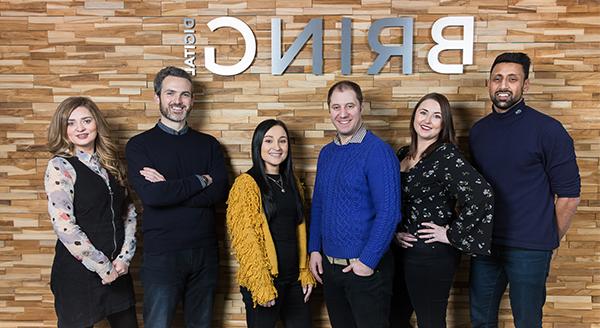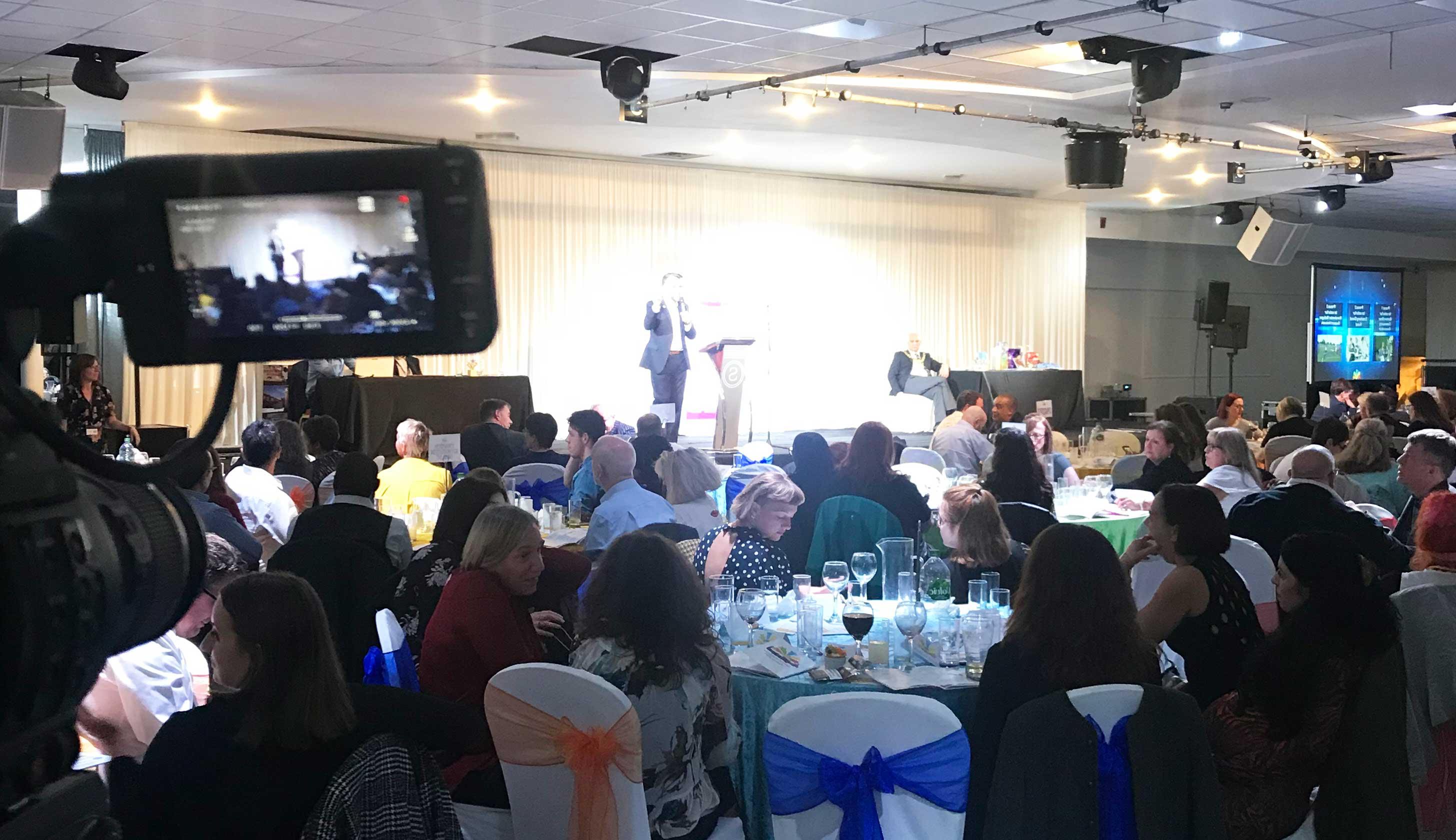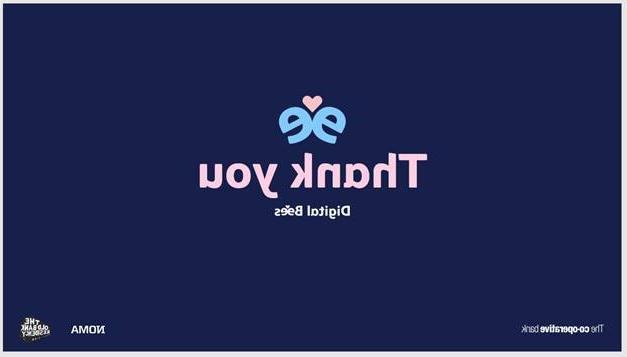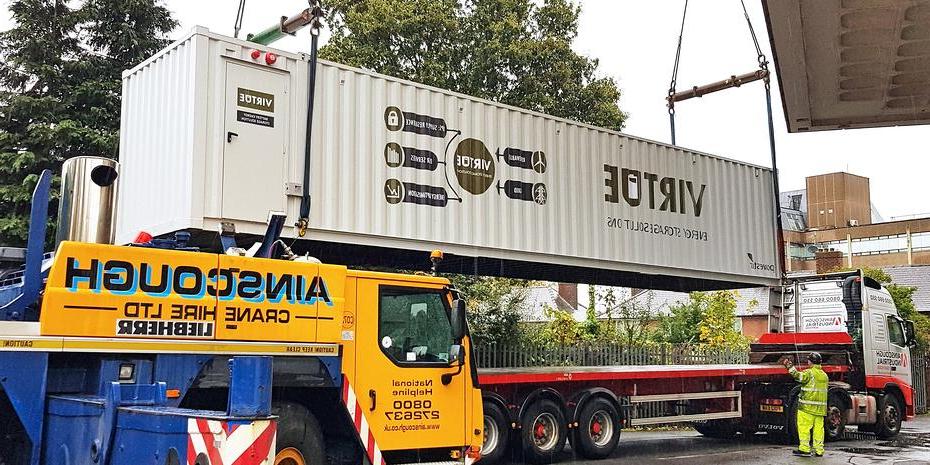
许多数字团队都采用了敏捷工作. But it can be difficult to convince the rest of the organisation who may have little experience with it. 对于决策者来说尤其如此, 有很多原因, 对敏捷工作持怀疑态度.
这种不信任是我亲身经历过的. And I know from conversations with people in public digital that I’m far from alone. 所以说到向 今年的GovCamp我想让它是这样的. 我们称之为“如何向非数字受众谈论敏捷”. The working title was “How to talk about agile to people that don’t get it” but we thought it was a bit too on the nose.
这篇文章并不是对发生的事情的描述. 这是十大网博靠谱平台我的想法,做了那个会议,让一些时间过去. 那天大家分享了很多深刻的见解, and they’ve helped shape this post – so thanks to everyone that came and contributed.
Here’s the outcome: a few things to consider when talking about agile to non-digital teams. 但首先,我们简单回顾一下敏捷本身,以防有帮助.
敏捷:概述
如果你不熟悉敏捷, 您可以将其视为指导项目交付的一种工作方式. 但更重要的是,这是一种心态. 它鼓励交流, 协作和快速迭代的文档和大, 难以改变的长期计划.
It encourages identifying a core problem and building the simplest thing you can to fix it, 而不是预先为每一个可能的需求设计一个解决方案. 它显著地提高了项目成功的机会, so the goal should always be to help non-digital teams understand the benefits of an agile approach – and to get involved.
If you’ve ever worked in a performing agile team, it’s hard to think of working in any other way. 我们都知道它是有效的. 我们希望每个人都能得到它——并分享这些好处. But if there’s one way I’d suggest talking about agile to people who aren’t used to agile working it’s: carefully. Because sometimes the reasons they’re mistrustful of agile is because they have cause to be, 因为他们听到敏捷的方式.
用日常用语谈论敏捷(或者不要叫它敏捷)
我们应该用人们熟悉的术语来描述敏捷概念. We should say it’s about small incremental delivery allowing for great collaboration – and their service staff being listened to. It’s about making sure that the thing we’re building is going to work for the users we’re building it for.
When teams adopt agile, the terminology (and, let’s be honest, jargon) can be bewildering. 这可以在数字团队中产生“我们”和“他们”的概念. 这种障碍不太可能有助于激励他们参加.
大多数人比我们想象的更愿意接受改变. 我们只需要用人们能理解的方式来解释这些信息. If your executive leadership team don’t know about agile they’re also likely to not care.
We explain it to try and show how they might need to work and get results in a different way – incrementally. And that we’ll continue to work with them after the first thing has been built. 经常, IT projects have a strict deadline and then you’re left with whatever is built – but they just wonder why we’re telling them about our favourite project methodology when they need savings delivered.
如果你在公共部门工作过, you’re probably familiar with the idea of communicating as clearly as possible. 尤其是在与更广泛的听众交谈时. 所以我们不要为敏捷创造例外.
解释好处
这似乎是显而易见的, 但是对于组织来说,更广泛地采用敏捷, 他们需要明白为什么这很重要. 你可能会认为解释这些基本好处是有道理的. 解释敏捷如何加强工作并提供更好的服务, 并帮助你不断学习和提高. 但现实是,你通常没有时间和空间去做这些.
The best thing you can do is show the benefits of agile by building something useful, fast. 但如果你没有这样的机会, 指出其他地方已经这样做的例子——而且至关重要, 以非敏捷方法不起作用的组织为例. 他们可能不会关心敏捷是否更好, 但当你可以指出过去失败的尝试, 你有更好的机会获得许可,以不同的方式工作.
But if your team is already interested, you can try to sell agile on a human level. 解释说,这让人们能够控制自己的工作, 提供挑战和精通的机会, 并将他们的工作与更高的目标结合起来.
避免方法论的地盘之争
我们知道, 作为优秀的敏捷实践者, it can be fun to discuss the relative merits of our preferred methodologies. 在某种程度上, this is an extension of my first point: these conversations are impenetrable to people who aren’t familiar with them.
But perhaps the bigger issue is that they can create the impression that agile working is incredibly fragile, and prone to failure if you accidentally glance at a kanban board instead of a burndown chart.
But 作为优秀的敏捷实践者 we also know that no one methodology is perfect in all circumstances. 我们知道,方法是可以调整和混合的. 我们知道,心态比方法更重要.
It’s not that these discussions shouldn’t take place – it’s just that they must not drown out the big-picture narrative of the massive benefits agile brings. Yes, acknowledge challenges and shortcomings, but be sure to put them in their proper context.
在开放的环境下工作,要有同理心
Some organisations have implemented agile in a siloed and limited way and not communicated their process with other, 支持项目交付的关键团队. Though it might be too big of an ask to expect everyone to adopt agile right away, 在竖井中工作可能会带来挑战.
Rather than waiting for other teams to come to you, it’s best to proactively engage with them. 邀请他们一起展示和讲述. 邀请利益相关者参加相关会议. Explain the work done and the successes (and, yes, the challenges) in words everyone can understand.
Use your show-and-tells to bring teams together and build trust by sharing successes and looking for opportunities to collaborate. But be strategic, and spend time on building the narrative from agile working to project successes. Bit by bit, you can build a shared understanding of what agile means and why it’s important. You can also run shorter lunch-and-learn sessions if you find these get more engagement – or that different people come along.
如果可以的话,不要忘记写博客. 在公开场合写下事情是一种让人投入的好方法, show your work and build trust in a way that’s quick and easy for people to engage with and share. 但也要在公司的内部网上分享. There can be cultural misunderstandings about what working in the open really means – sharing internally builds trust that getting engagement from the team and organisation is at least as important as sharing in public.
构建高性能敏捷团队
这是一个十大网博靠谱平台如何谈论敏捷的简短介绍, 但是,如果您热衷于将敏捷工作付诸实践, 看看我们的书 构建高性能敏捷团队. 你今天就可以下载电子书.








